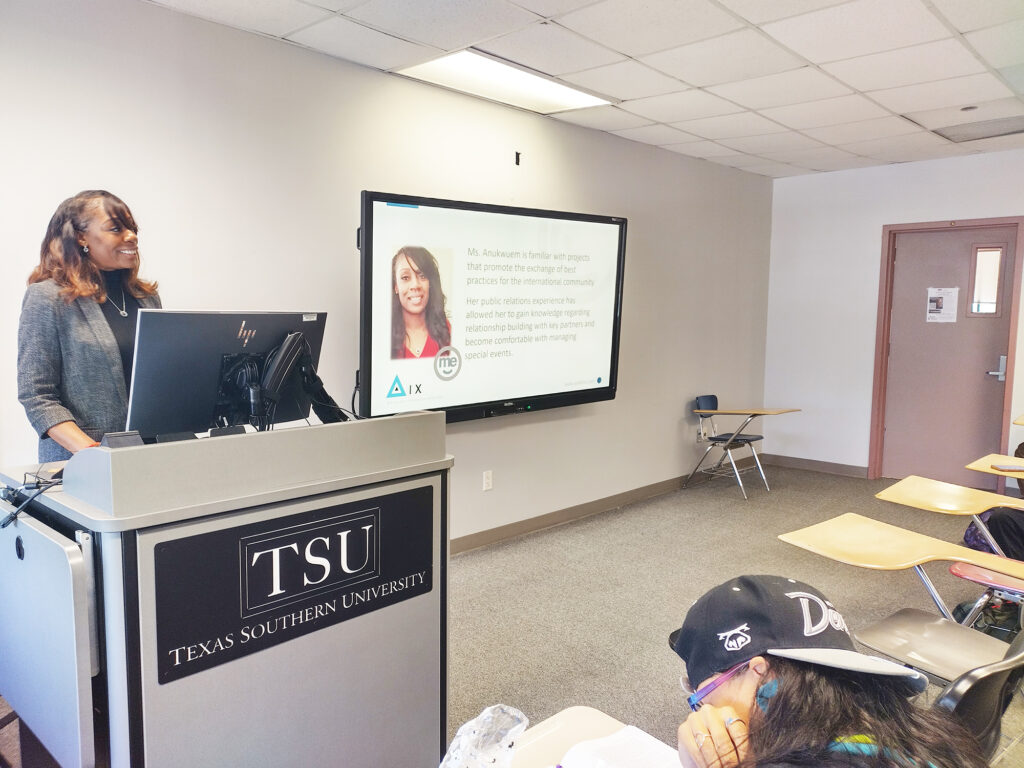African Queen Mother: The history of an iconic sculpture on TSU’s campus
Written by Amber Land on February 1, 2023
By Amber Land
HOUSTON – Standing in front of the Martin Luther King building at Texas Southern University is an iconic sculpture called African Queen Mother.
Many view it as a large fountain or a landmark for campus directions. However, the 12-foot sculpture has historical significance and dates back to early folktales passed down through centuries in African culture.
The sculpture showcases a portion of Black history lost during slavery and symbolizes the triumphant journey of TSU. It highlights the early pioneers and supporters who made way for the next generation of artists.
Carroll Harris Simms, a TSU professor for 37 years, created African Queen Mother in 1968.
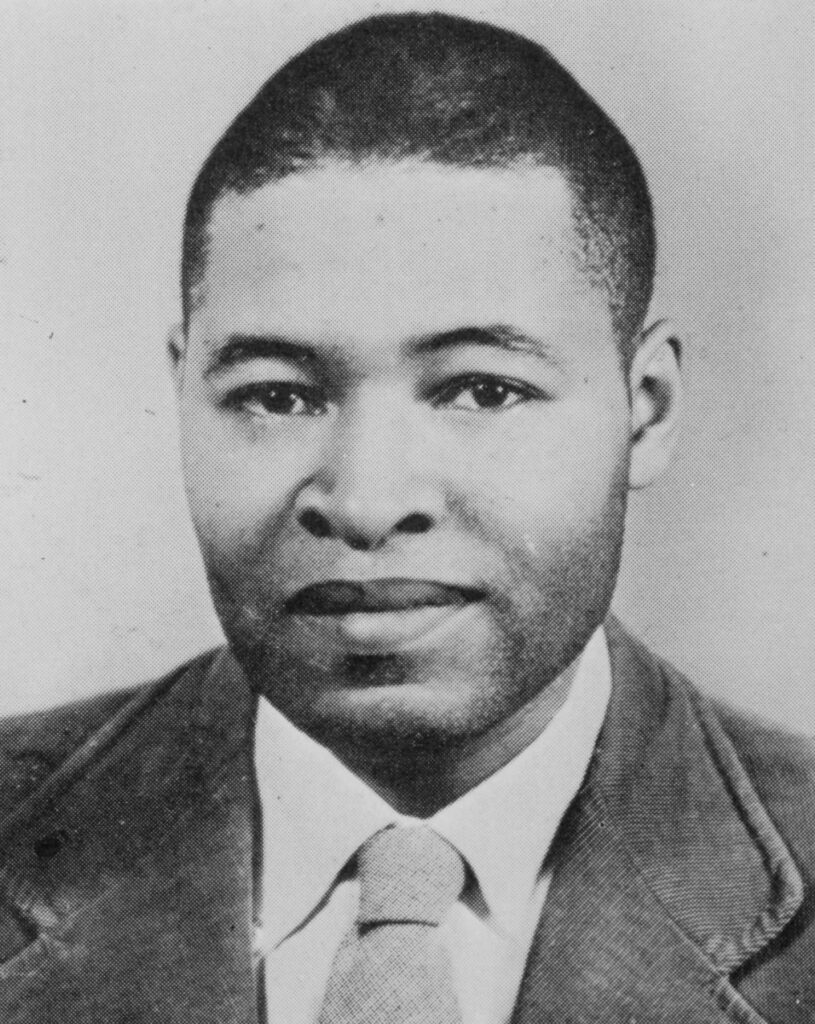
“I never knew the story behind it,” Josh Morlock said, a sophomore at TSU. “It’s pretty cool knowing that a TSU professor designed it,” he said with excitement in his voice.
Simms was not only a gifted sculptor but a passionate educator. He is credited with helping to build the TSU art department from the ground up.
“He was one of the founding professors of the art department,” University Museum Public Relations and Graphics Design Representative Bonita Cutliff said. “He and John Biggers literally built that place brick by brick.”
His colleague John Biggers also inspired the idea for the African Queen Mother sculpture after sharing a powerful story with Simms from a visit to Ghana. Simms shared the detail in the book Black Art in Houston: The Texas Southern University Experience.
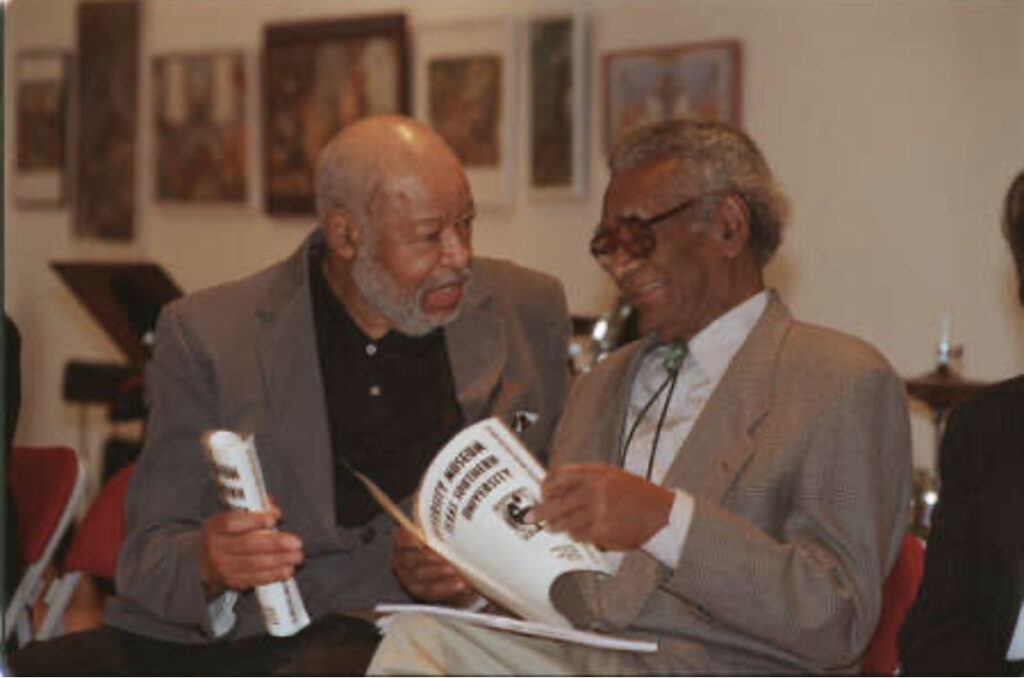
As Biggers told Simms the story, there was a village built long ago next to a large river of crocodiles. The crocodiles never harmed the villagers, and the villagers fed the crocodiles each time they ate.
One day intruders attacked the peaceful villagers. Their only way to escape was to cross the river. None of the villagers could swim, so the crocodiles formed a bridge for the villagers to escape. When the intruders tried to follow, the crocodiles “submerged and drowned them,” according to Simms.
The crocodiles later reformed the bridge, and the villagers returned to their land. This story shared by Biggers to Simms explains many of the symbols within the sculpture.
The African Queen Mother sculpture depicts a resilient woman surrounded by water with her arms stretched in the air. She holds a star in one hand, symbolizing her children, and beneath her is a crocodile.
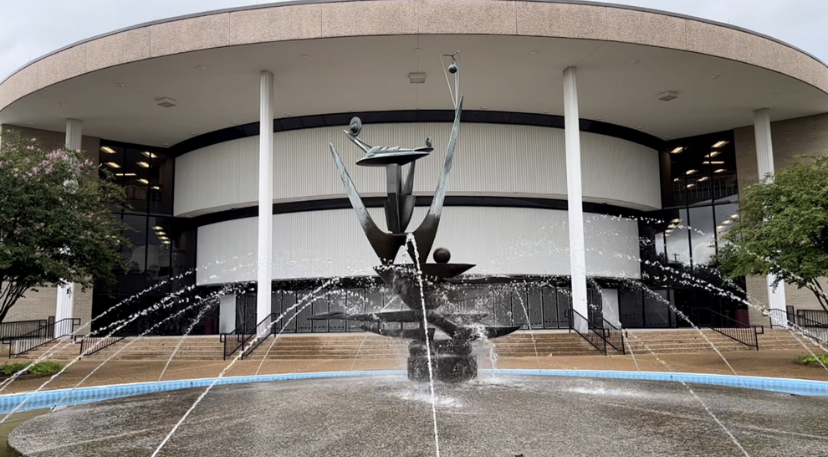
Everything within the artwork represents West African symbols of fertility and giving birth to something new. Simms incorporated many sacred African meanings, such as the sun, which means papé, and the moon, which is mamé. Both words entered America from ancient Ghana and are a reference to the strength of parental figures.
Simms pays homage to the beloved queen mothers who are highly influential and the centers of their village in African culture.
In the book Black Art in Houston: The Texas Southern University Experience, Simms describes the woman’s form within the sculpture. He said her arms and breast blend together, her face is the moon, and a snail shell rests on her crown.
“When you look at the African Queen Mother, it takes on an abstract appeal,” award-winning photographer Earlie Hudnall Jr. said. “You have to read between the lines. Same as you were looking at a Picasso.”
Hudnall said the sculpture has a unique meaning for each person who walks past it. Some students may reflect on the story of the villagers and crocodiles and recall the professors who helped them along the way.
The perseverance of Simms and Biggers became a bridge for aspiring artists.
Many of their students, such as Hudnall, have made a lasting impact in the arts and continue to receive praise throughout Houston.
The African Queen Mother sculpture has traveled from the foundry in New York to the World Fair in Dallas. The sculpture now sits on TSU’s campus as a reminder of the early pioneers and their contribution to Black history and art.
“Students should be aware of the rich history of Texas Southern University, from how it was founded to where it stands today and the influence that the artworks and the traditional art department play on Houston,” Hudnall said.
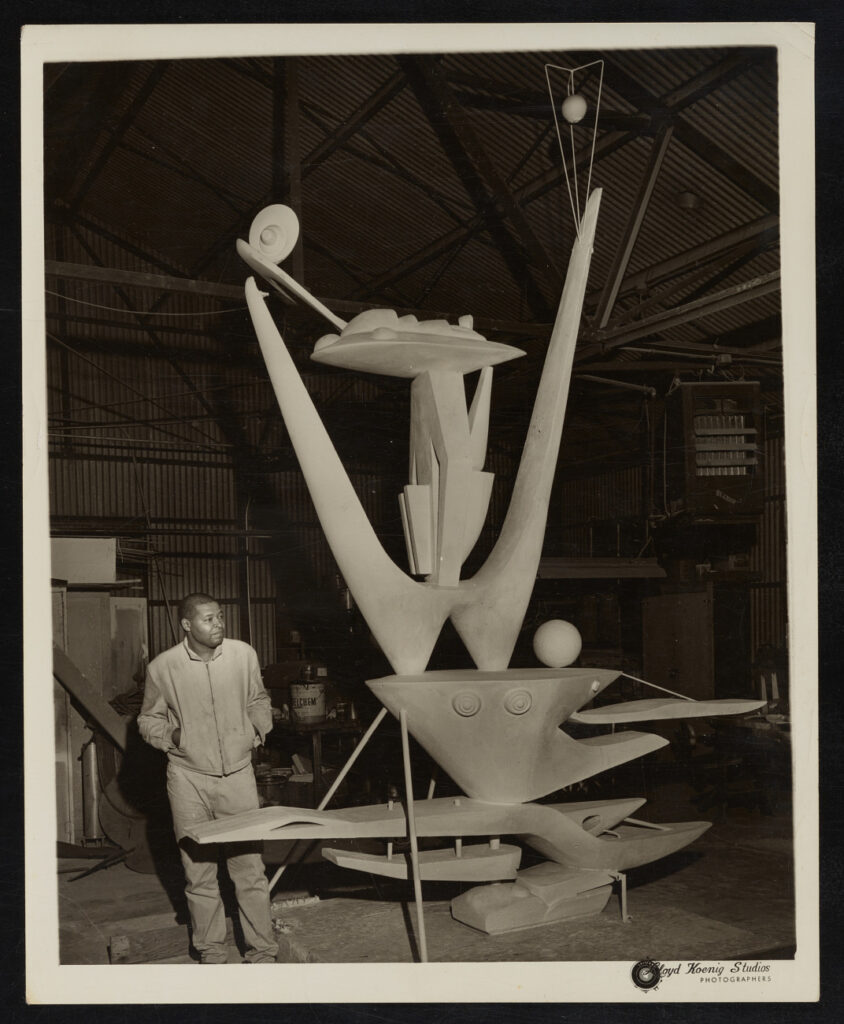
Several students, faculty, and visitors walk past the sculpture, not realizing its significance.
Simms took pride in teaching students to explore their culture and heritage through art. He encouraged creative expression despite a world that often frowned on art as a vocation.
“It’s through art that people can identify. If in the real world, they can never bring order, they bring it here.” Simms said in Black Art in Houston: A Texas Southern University experience.
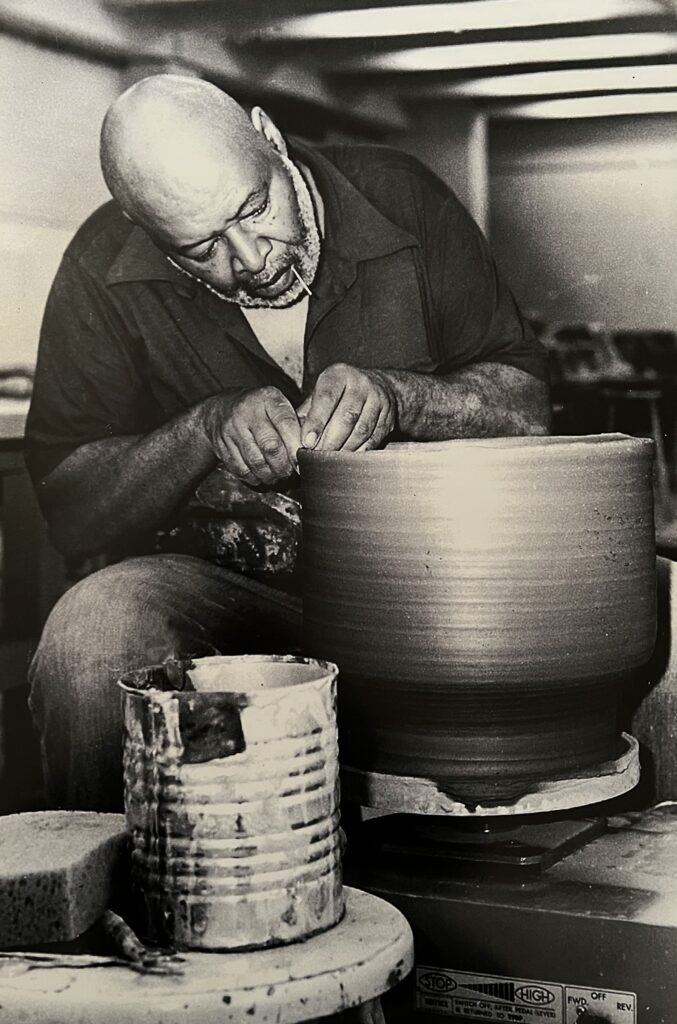
Four sculptures by Simms are on display throughout the campus: African Queen Mother, Jonah and the Whale, Man the Universe, and A Tradition of Music.
Simms died in 2010, but his legacy and lasting impact on TSU’s history lives on through his artwork.


